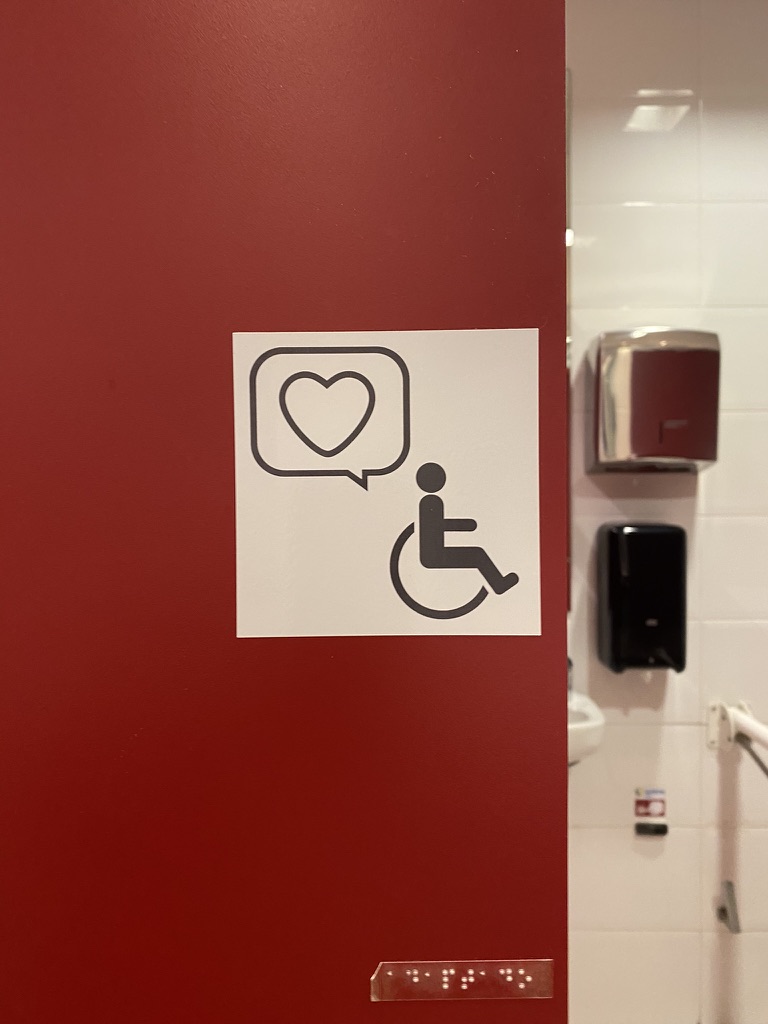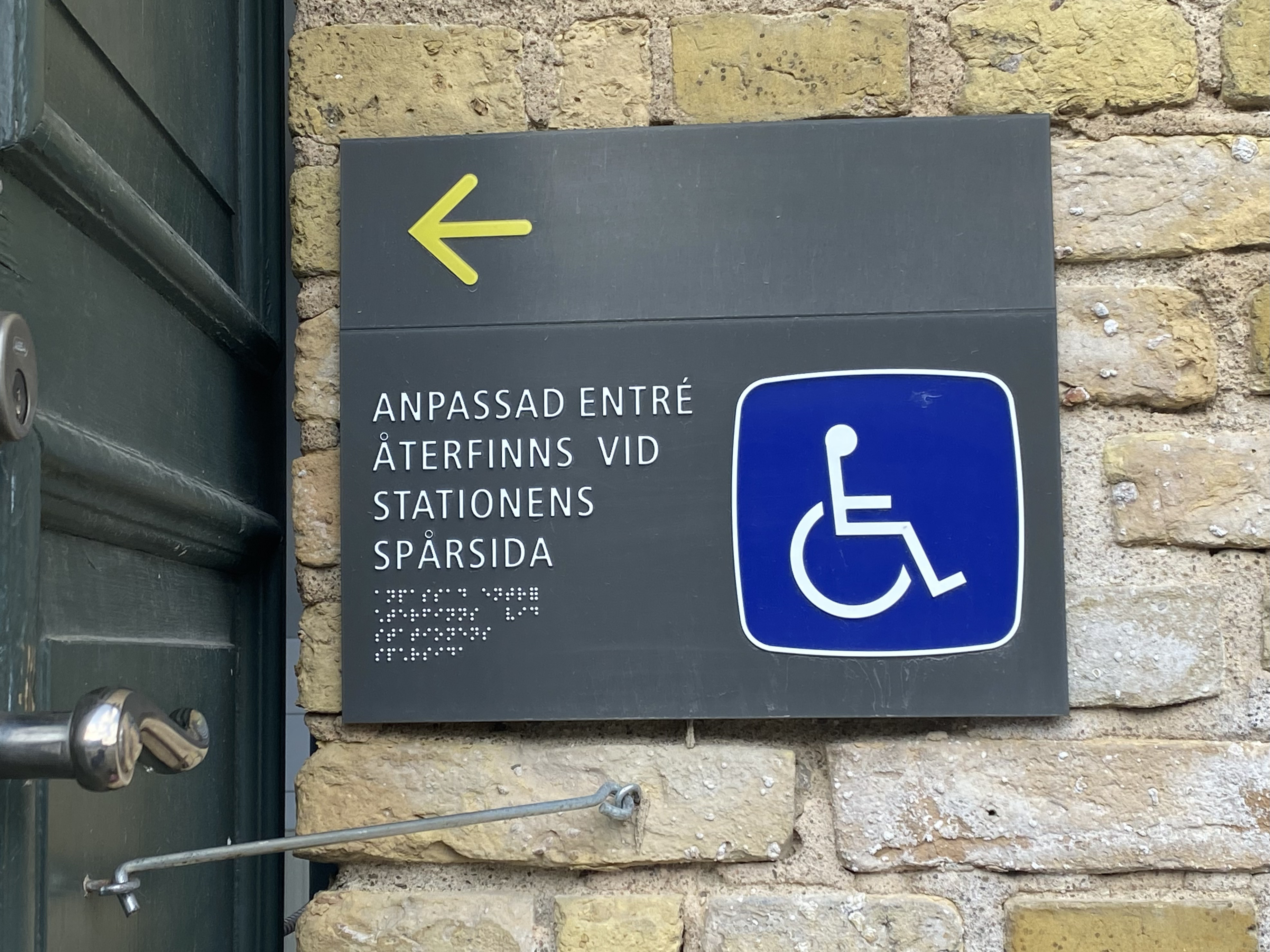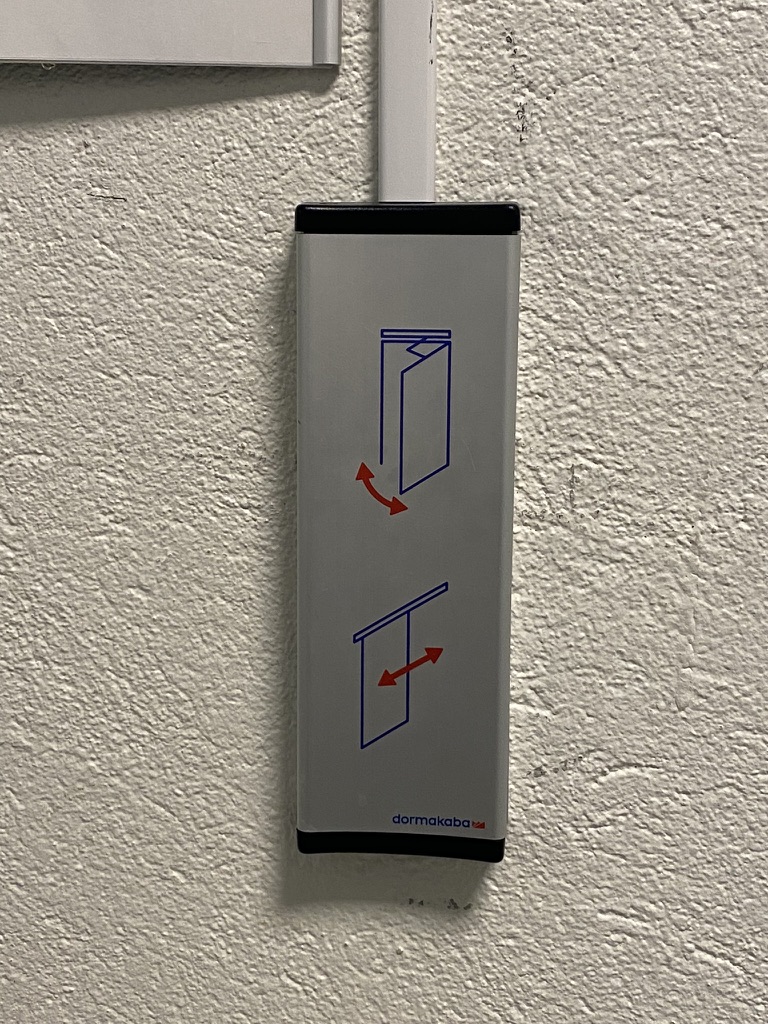


1. Door with wheelchair and heart. 2. Door with a separating arrow. 3. Button with door opening pictograms.
My work often starts with a photo.
I find myself in a situation where I reach for my camera or phone. I snap away, trying to capture not only the moment but the situation. Something makes me think that “I have to photograph this”.
For me, taking photos is seldom about preserving the moment—it’s about confronting it
The famous photographer Stuart Franklin has described “The Documentary Impulse” [1]:
“By this I mean the passion to record, with fidelity, the moments we experience and wish to preserve, the things we witness and might want to reform; or simply the people, places or things we find remarkable.” [1, p.5]
The photos I take end up in many places. I use them in my teaching, in presentations, and here on this site. (Please feel free to use them.) Some photos have even sparked entire research programs, such as our current project, “The Syntax of Equality”.
Three types of documentary impulses
James Popsys, photographer and well-known YouTuber, says that he takes photos “about” things, rather than “of” things. This is the way I think about it as well.
Above are three situations that sparked my itch to document them. The impulses behind them were:
- Curiosity. What was the person creating this sign thinking? What norms are in play here? (Left photo).
- Outrage. How can separating environments still be OK, also in new constructions? How come that the dividing arrows so often are accompanied by the word “adapted”, as in “We have adapted this for you”? Oh, here is another example of the pattern of norm and deviation at play. (Middle photo).
- Reform. Finally, a button that tells what happens when you push it, rather than who is allowed to use it. (Right photo).
What makes you reach for the camera?
Reference:
[1] Franklin, S. (2016). The documentary impulse. London, New York: Phaidon Press Limited.
Thanks for reading! Subscribe for free to receive new posts and support my work.

